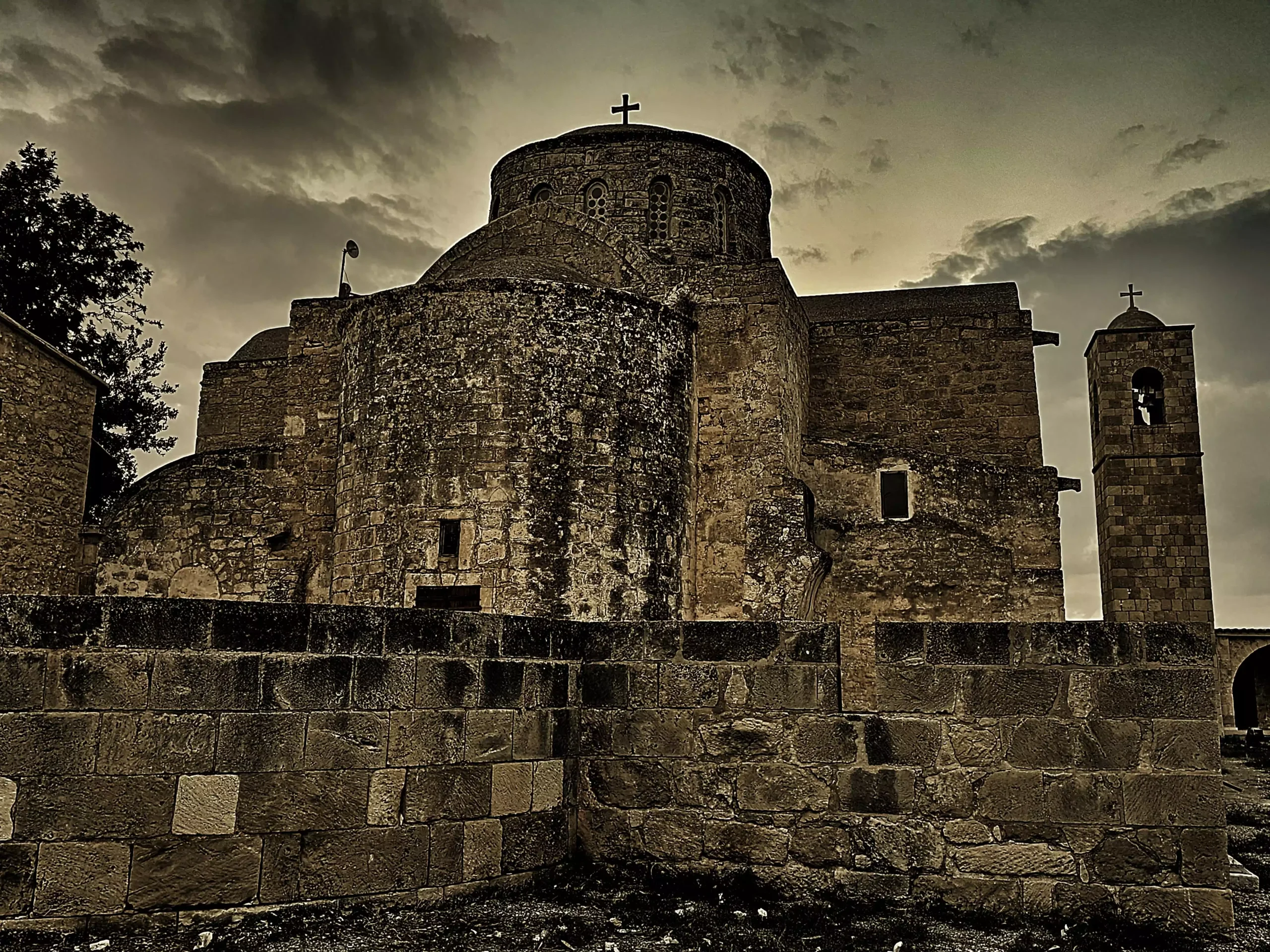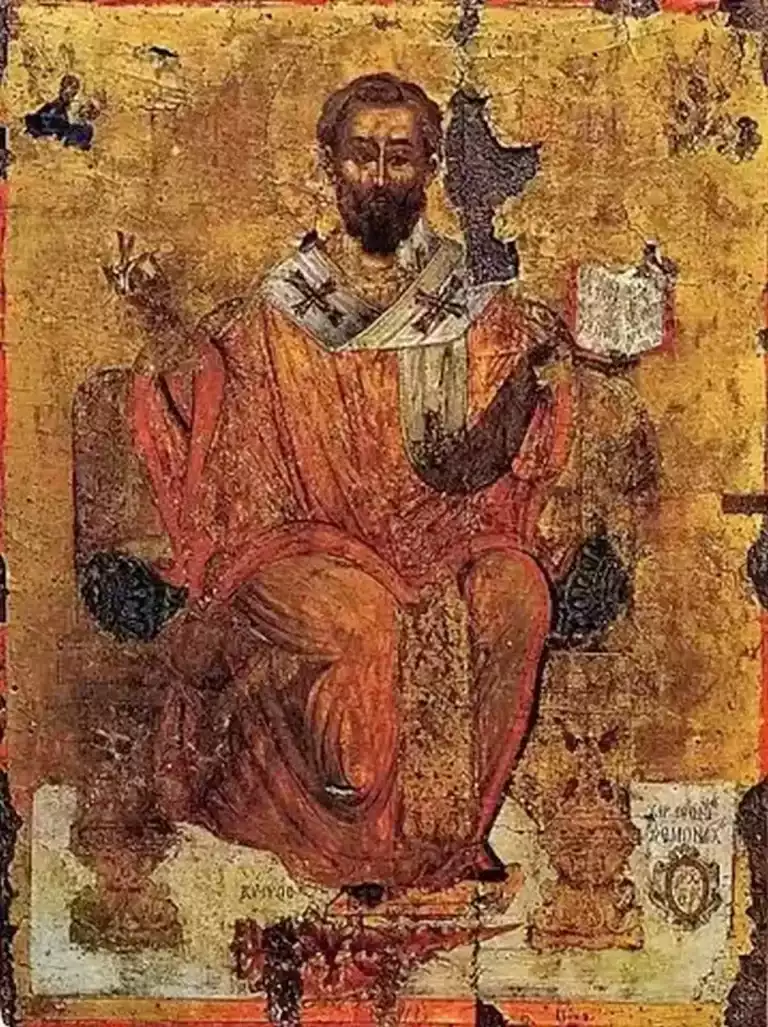
The Eastern Orthodox Church of Cyprus, a cornerstone of spiritual life on the island, stands as a beacon of faith and tradition. This venerable institution, deeply rooted in the rich tapestry of Cypriot history and culture, serves not only as a religious establishment but also as a symbol of the enduring spirit of the Cypriot people.
The Historical Genesis
The Eastern Orthodox Church of Cyprus traces its origins to the early Christian era, a period marked by profound transformation and spiritual awakening. According to tradition, St. Barnabas, an apostle born in Cyprus, played a pivotal role in establishing the Church on the island during the first century AD. This historical genesis is not merely a point of chronological interest but signifies the deep-seated roots of Orthodoxy in Cypriot soil.
As the Church evolved, it became an integral part of Cypriot identity, weaving its doctrines and practices into the fabric of daily life. The Byzantine era, in particular, heralded a golden age for the Church in Cyprus. During this time, the island witnessed a flourishing of religious art and architecture, with magnificent churches and monasteries dotting the landscape, many of which stand to this day as testaments to the Church’s enduring legacy.
Moreover, the Church’s role transcended the spiritual realm, often intersecting with the political and social spheres of Cypriot life. The Archbishop of Cyprus traditionally held significant influence, often acting as both a spiritual leader and a political figure, particularly during periods of foreign domination. This dual role underscored the Church’s importance not only as a religious institution but also as a custodian of Cypriot culture and identity.
The historical genesis of the Eastern Orthodox Church of Cyprus is a tale of faith, perseverance, and indelible impact on the island’s heritage. From its apostolic inception to its role in shaping the nation’s identity, the Church’s history is a vivid chronicle of devotion and resilience.

The Cultural and Artistic Contribution
The Eastern Orthodox Church of Cyprus has been a major contributor to the cultural and artistic heritage of the island. Its influence extends far beyond the confines of religious practice, permeating various aspects of Cypriot life. The Church’s contribution to art, particularly in the realms of iconography, architecture, and music, is of significant historical and aesthetic value.
Iconography, a revered art form within the Orthodox tradition, flourishes in Cyprus. These religious icons, more than mere objects of veneration, are embodiments of theological doctrines and spiritual narratives. Cypriot iconographers, guided by the canonical and stylistic frameworks of Byzantine art, have created masterpieces that not only adorn the walls of churches and monasteries but also capture the essence of Orthodox spirituality.
Architecturally, the Church has left an indelible mark on the Cypriot landscape. From the grand cathedrals to the humble village chapels, each structure reflects the architectural evolution and stylistic influences over centuries. The Byzantine style, characterized by domes, arches, and intricate mosaics, dominates, blending harmoniously with the local aesthetics and materials. These buildings are not just places of worship but also custodians of history and artistry.
The musical tradition of the Eastern Orthodox Church of Cyprus also holds a place of distinction. Byzantine chant, a pivotal element of liturgical practice, is both a spiritual exercise and a cultural expression. These chants, with their unique melodic structures and modes, are not only a form of worship but also a link to the ancient past, preserving the musical heritage of Byzantium.
The Role in Education and Social Welfare
Beyond its spiritual and cultural roles, the Eastern Orthodox Church of Cyprus has been a significant player in the realms of education and social welfare. Historically, the Church has been one of the primary educators on the island, especially during periods when access to education was limited.
The Church established and operated numerous schools, from primary institutions to higher learning academies, instilling both religious and secular knowledge. These educational endeavors were not solely for the purpose of religious indoctrination but aimed at fostering intellectual growth and enlightenment. The Church’s commitment to education has played a critical role in shaping the intellectual and cultural landscape of Cyprus.
In terms of social welfare, the Church has been a beacon of hope and support for the needy. Through its extensive network of philanthropic organizations and initiatives, it has provided aid to the poor, the sick, and the marginalized. The Church’s involvement in social welfare extends to the establishment of orphanages, elderly care homes, and charitable institutions, embodying the Christian ethos of compassion and service to others.
In both education and social welfare, the Eastern Orthodox Church of Cyprus demonstrates a profound commitment to the well-being and development of Cypriot society. Its role in these areas underscores the Church’s holistic approach to its mission, blending spiritual guidance with tangible support for the community.
Contemporary Influence and Challenges
In contemporary times, the Eastern Orthodox Church of Cyprus continues to play a pivotal role in the island’s religious and social landscape. While maintaining its traditional values and practices, the Church faces new challenges and opportunities in the modern world. One of the most significant challenges is the secularization of society, which has led to a gradual shift in attitudes and values, potentially impacting the Church’s influence. Despite this, the Church remains a central figure in Cypriot life, actively engaging with contemporary issues and adapting to the changing times.
Another contemporary challenge is the issue of interfaith dialogue and religious tolerance. Cyprus, with its diverse religious landscape, presents a unique opportunity for the Church to lead in promoting mutual understanding and respect among different faith communities. This role is crucial in fostering a harmonious and inclusive society.
The Church’s engagement with youth is also vital in securing its future. By embracing modern communication methods and addressing contemporary social issues, the Church can remain relevant and appealing to younger generations, ensuring the continuity of its traditions and beliefs.
The Eastern Orthodox Church of Cyprus, with its rich historical legacy, continues to be a fundamental aspect of Cypriot identity and culture. Its influence extends beyond the religious sphere, impacting art, education, and social welfare. Facing contemporary challenges with resilience and adaptability, the Church remains an integral part of Cypriot society, guiding and supporting its followers while contributing to the island’s cultural and social development.
References
- Christou, P. Cypriot Byzantine Churches: Architecture and Art.” Nicosia: Cyprus University Press, 2010.
- Georgiou, A. Orthodox Iconography of Cyprus.” Limassol: Art Publications, 2015..
- Savvides, N. Cypriot Monasteries: Culture and Heritage.” Paphos: Heritage Publications, 2011.
- Theodoulou, M. “Church and State in Cyprus.” Athens: Balkan Studies Press, 2017.
